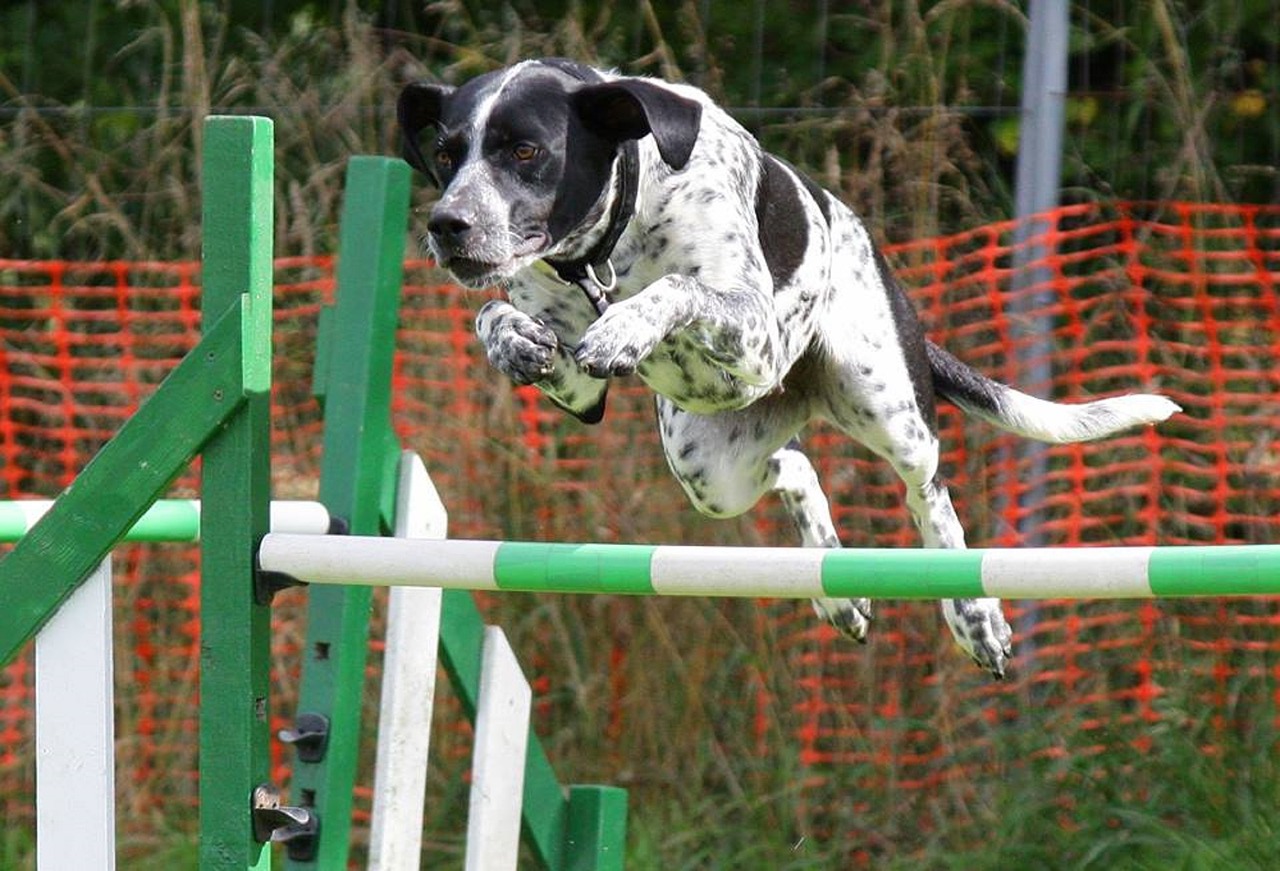Food is one of the most powerful motivators for dogs which is why it is such an effective tool when used in obedience training – it can be one of the best ways to reinforce positive behaviour and makes learning much more enjoyable for them.
Some trainers argue that treats are only suited for non-professional trainers, but there are numerous training books that support the method, particularly when your dog is first learning.
Treats can help build positive reinforcement when introducing tools such as a whistle and when your dog is young enough to be distracted more easily, but remember that treat training doesn’t have to be long term – it can simply help your dog get to grips with what you’re asking to do.
So, here are some rules and tips which could help you out when training your working dog with treats:
- Treats should be small and quick to eat
The edible rewards you use should depend on your dog and how much reward you want to give it, however we recommend choosing treats that can be broken up, free from artificial additives and tasty such as our training treats – they are also wheat gluten free. - Reward during a calm state
If food excites your dog then remember to wait for it to calm down before rewarding with a treat. We want to reinforce calm behaviour rather than excitable. - Reinforce rather than bribe
Use treats between verbal praise and affection. The goal is to not have to bribe your dog with proof of a treat every time, but to reinforce the good behaviour after reacting well to instruction. - Reward each step, not just the finale
Rewarding progress is a great way of saying to your dog “yes, that was good!”, even if the entire command wasn’t met. They will eventually work out which reactions are good and get ever closer to the goal. - Introduce a whistle or clicker
If you’re worried about overdoing the treats or becoming a distraction for other dogs with treats in your pockets, then you can introduce a whistle or clicker alongside a treat. Then slowly fade out the treats until the dog understands what that clicker or whistle noise means.




